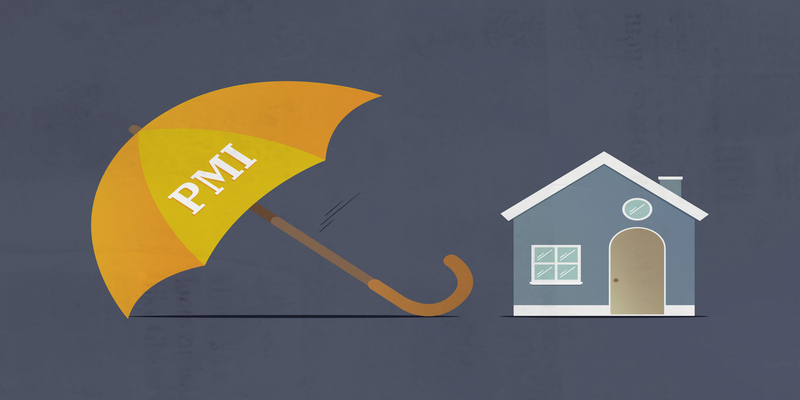The insurance industry frequently regards guaranteed universal life insurance (GUL) as a well-rounded alternative. Potentially providing policyholders with a cost-effective solution, it integrates components of permanent and term life insurance. An influential life insurance industry organization, LIMRA, has observed that despite its advantages, GUL accounts for a negligible 1% of individual adjustable life policy sales in the United States. Conversely, term and permanent life insurance policies hold a market-leading position, contributing to 86% of total sales.
Lifelong Protection with Guaranteed Universal Life Insurance
Providing protection that lasts a lifetime, guaranteed group universal life insurance distinguishes itself as a dependable option. This policy type permits you to designate an age range, typically between 90 and 121 years, at which your coverage will expire, in contrast to term life insurance, which is restricted to a specific number of years. With a life expectancy of over 100 percent, as reported by the U.S. Census in 2010, this insurance policy is equivalent to a lifetime of protection, considering that reaching such advanced ages is extremely rare.
The policy is adaptable, nonetheless. An alternative is terminating coverage at a younger age, such as 70. Premiums are typically reduced when a younger age is chosen as the policy's termination date. As a result, the coverage organization assumes much less risk, as the possibility of coverage non-compliance will increase. Alternatively, a woman can count on living till approximately 86.6 years of age, whereas a person can assume residing to be 65 years old, on average, according to the Social Security Administration.
Your policy may be extendable if you reach the age where it expires. If you extend your policy at a young age, premiums may rise significantly. This is because insurance companies take on more risk as policyholders age. National Association of Insurance Commissioners: Life insurance premiums can skyrocket for those over 70.
Limited Growth in Cash Value
Cash value accounts are common investment components of permanent life insurance policies, including whole group universal life insurance. Developed to accrue interest, this account is financed by a fraction of your premiums. Notwithstanding the presence of a cash value component in guaranteed universal life insurance policies, it is crucial to acknowledge that the returns on these accounts are generally modest.
It is critical to comprehend the constraints when assessing the expansion potential of these policies. A stark contrast to the S&P 500's 7% average annual return over the same period in 2019, the mean interest rate for whole guaranteed universal life policies hovered around 1.5%. Therefore, individuals seeking substantial investment returns may find cash value accounts less favorable than those that provide secure and consistent growth.
Alternative insurance policies that emphasize investment growth may be more advantageous for individuals whose primary objective is to increase their cash value. Certain policies enable the implementation of a more daring investment strategy, which may result in increased returns. Nevertheless, it is critical to remember that increased risk accompanies the possibility of heightened returns.
The number of individuals selecting cash-value growth-oriented life insurance policies has increased steadily in nations such as Canada and the United States since 2023. This trend highlights increasing interest in combining investment opportunities with life insurance.
Premiums are cheaper than whole life.
Unlike whole life insurance, guaranteed group universal life insurance is financially more accessible. The financial viability of this product is not significantly increased, as its primary objective is to provide enduring coverage. Guaranteed universal life insurance may appeal to individuals, particularly those in their later years, who prioritize a direct and economical approach to obtaining long-term insurance. It provides significant advantages for policyholders not interested in accruing an investment component.
Significantly, compared to standard universal life insurance, guaranteed universal life insurance generally entails reduced premiums for older policyholders. The lack of substantial investment in cash value appreciation contributes to this cost-effectiveness. Concurrently, consistent attention is required to administer a universal life insurance policy. Those who favor a more predictable and forgettable approach to insurance may find this plan less suitable.
Contemporary research suggests that guaranteed universal life insurance is attractive for individuals aged 50 and above. This preference stems from the policy's uncomplicated structure and the financial assurance it affords, which does not require active oversight of the investment components. When surveyed in 2023, sixty percent of fifty and older respondents indicated that they favored guaranteed universal life insurance over other varieties due to its affordability and straightforwardness.
Suitable Insurance Options for Senior Citizens
It can be difficult for senior citizens to locate life insurance at an affordable price. Cost-effective alternatives are often limited because premiums increase with age and health conditions. Individuals in their eighties frequently lack access to term life insurance, typically the most affordable option. At this juncture in life, however, the premiums for whole life insurance may be unaffordable.
Prosperous solutions arise in this context when considering guaranteed universal life insurance. This type of adjustable life policy is typically more cost-effective for older individuals than whole-life insurance. It offers rates comparable to term life insurance when term options are unavailable. It is worth mentioning that certain guaranteed universal life policies are accessible to individuals as young as 80 years old.
An example can be found in a report published in 2022 by the insurance brokerage firm Quotacy, which suggests that for a monthly premium of $1,276, an 85-year-old woman could accumulate sufficient funds to purchase a $100,000 guaranteed universal adjustable life policy. An equivalent-aged individual would incur a monthly premium of $1,420 for a whole life insurance policy, representing a 25% premium increase.
Flexibility in Death Benefits and Premiums
Versatility is one of the primary selling points of guaranteed universal guaranteed universal life. By modifying the policyholder's coverage amount, policy duration, or payment schedule, this particular type of policy enables policyholders to accommodate their evolving requirements more effectively. G premiums must be paid in full and on schedule to maintain the policy's guaranteed benefits. This, however, must not be forgotten.
In certain policies, a return-of-premium rider is also an available extension. By utilizing this policy supplement, policyholders who cancel the policy within a specified time can recover a portion or the entire amount of premiums paid. By providing financial flexibility and assurance, these riders enable policyholders to customize their coverage according to their specific requirements and feelings.




